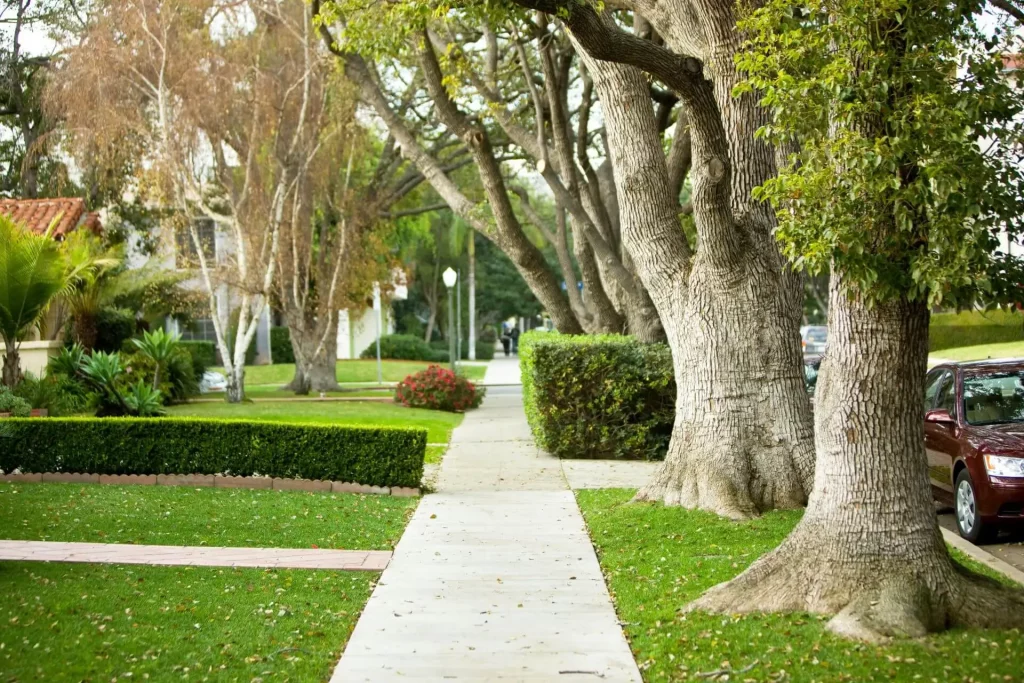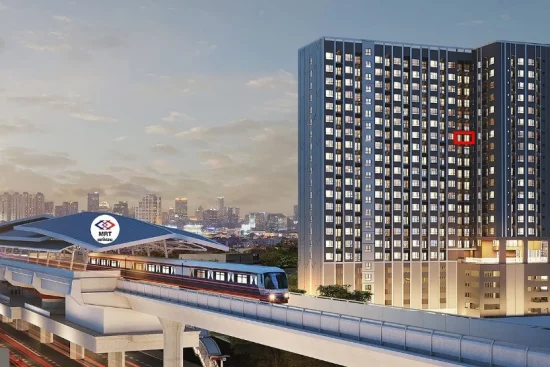suburbs vs urban areas
When it comes to choosing a place to live, one of the key decisions you have to make is whether to settle in a suburb or an urban area. Each option has its own set of advantages and disadvantages, catering to different lifestyles and preferences. In this article, we will delve into the characteristics, pros and cons, cost of living, transportation options, education and healthcare facilities, cultural and recreational opportunities, crime rates, and environmental factors of both suburbs and urban areas. By the end of this article, you will have a better understanding of which option is the right fit for you.
Land Acquisition | Key Strategies and Best Practices
Definition and Characteristics of Suburbs
Suburbs are typically residential areas located on the outskirts of a city or town. They are characterized by low population density, spacious houses with yards, and a quiet and peaceful atmosphere. Suburbs often offer a sense of community, with friendly neighbors and a slower pace of life. These areas are usually family-oriented, with schools, parks, and other amenities catered towards raising children. However, one downside of living in the suburbs is the lack of diversity in terms of shopping, dining, and entertainment options.

Definition and Characteristics of Urban Areas
On the other hand, urban areas are densely populated regions within a city. They are known for their bustling streets, tall buildings, and vibrant atmosphere. Urban areas offer a wide range of amenities and conveniences, with numerous shopping malls, restaurants, theaters, and cultural institutions. The fast-paced lifestyle of urban areas appeals to those who thrive on excitement and opportunities. However, the high population density and constant activity can also lead to noise pollution, traffic congestion, and a higher cost of living.

Pros and Cons of Living in Suburbs
Living in the suburbs has its fair share of advantages and disadvantages. On the positive side, suburbs provide a peaceful and safe environment, away from the hustle and bustle of the city. The low population density allows for larger living spaces and more privacy. Suburbs are also often associated with excellent schools and a strong sense of community. However, one drawback of living in the suburbs is the lack of access to certain amenities and job opportunities that are more readily available in urban areas.
Pros and Cons of Living in Urban Areas
Urban areas offer a plethora of advantages and disadvantages as well. On the positive side, urban areas provide endless opportunities for career growth, with a wide range of job prospects in various industries. The abundance of cultural and recreational activities ensures that there is always something to do or explore. Additionally, urban areas usually have better access to public transportation, making commuting more convenient. However, the high cost of living, increased crime rates, and crowded living spaces are some of the drawbacks of urban living.
Cost of Living Comparison Suburbs VS Urban Areas
The cost of living varies significantly between suburbs and urban areas. Generally, the cost of housing in suburbs is lower compared to urban areas, allowing residents to get more for their money. Suburbs often offer larger houses and more spacious yards at a more affordable price. On the other hand, urban areas have a higher cost of living due to the demand for housing and the availability of amenities. Rent and property prices are usually higher, and everyday expenses such as groceries and dining out may also be more expensive.
Transportation Options Suburbs VS Urban Areas
Transportation options differ between suburbs and urban areas. In the suburbs, owning a car is often a necessity due to the limited public transportation options. Suburban areas typically have more parking spaces and less traffic congestion, making commuting by car more convenient. In contrast, urban areas offer a variety of transportation options, including buses, trains, and subways. Many urban dwellers choose not to own cars and rely on public transportation or alternative modes of transportation such as cycling or walking. However, the increased traffic and limited parking spaces in urban areas can be challenging for those who do own cars.
Education and Healthcare Facilities in Suburbs and Urban Areas
Both suburbs and urban areas provide access to education and healthcare facilities, albeit with some differences. Suburbs are known for their excellent school districts, offering quality education for children. The lower population density in the suburbs allows for smaller class sizes and more personalized attention. Similarly, suburbs often have well-equipped healthcare facilities, including hospitals and clinics, ensuring easy access to medical care. In contrast, urban areas may have a wider range of educational institutions and specialized healthcare facilities, but the increased demand can lead to overcrowding and longer wait times.
Cultural and Recreational Opportunities in Suburbs and Urban Areas
Cultural and recreational opportunities vary between suburbs and urban areas. Urban areas are renowned for their diverse cultural scene, with a multitude of museums, art galleries, theaters, and music venues. The vibrant city life ensures that there is always something happening, from festivals to live performances. However, suburbs also offer their own unique recreational opportunities, such as parks, hiking trails, and community centers. The slower pace of life in the suburbs allows residents to enjoy nature and engage in community activities.
Crime Rates Comparison Suburbs VS Urban
When it comes to safety, suburbs generally have lower crime rates compared to urban areas. The lower population density and close-knit communities in suburbs often contribute to a safer environment. Urban areas, on the other hand, tend to have higher crime rates due to the higher population density and socioeconomic factors. While it is important to note that crime can occur anywhere, suburbs are generally perceived as safer.
Environmental Factors in Suburbs VS Urban
Environmental factors play a role in choosing between suburbs and urban areas. Suburbs often offer a greener and more serene environment, with plenty of open spaces and parks. The lower population density in suburbs also leads to less pollution and a cleaner atmosphere. Urban areas, on the other hand, face challenges such as air and noise pollution due to the high concentration of people and vehicles. However, urban areas are often more environmentally conscious, with better access to public transportation and initiatives promoting sustainability.
Which is Right for You - Suburbs or Urban Areas?
When deciding between suburbs and urban areas, the choice ultimately boils down to your lifestyle, priorities, and personal preferences. If you prioritize a peaceful and quiet environment, a strong sense of community, and more affordable housing options, then the suburbs may be the ideal fit for you. Conversely, if you thrive on excitement, endless opportunities, and a bustling cultural scene, then urban areas might be more suitable.
It’s important to take into account various factors such as the cost of living, transportation options, access to quality education and healthcare facilities, availability of cultural and recreational activities, crime rates, and environmental considerations when making your decision. By carefully considering these aspects in relation to your own needs and desires, you can make an informed choice between suburbs vs urban living.






